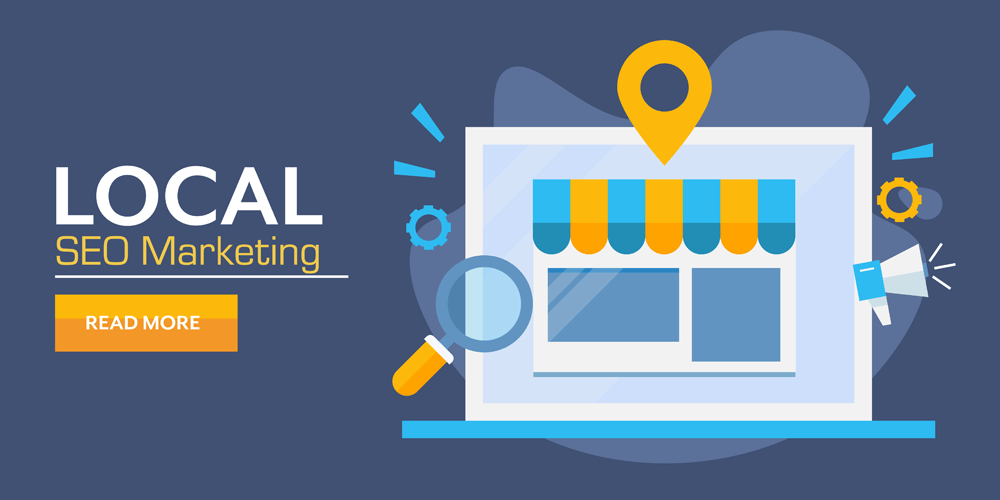Local SEO involves improving a website’s search rankings for search queries that are tailored to a specific area. For example, if a user wanted to search for hair stylists in their area, they may append their area to the search query, and all search results would provide links to hair stylists based or near to the area found in the search query.
However, users no longer need to specify a location in their search queries. With the rise of artificial intelligence, Google can now automatically detect the current location of the user and serve websites that are near or based in the same area as the user.
This makes lookups much quicker for the user, and can be of instant benefit to both the user and the business, since they are matched with each other in a seamless manner.
According to HubSpot, 97% of those surveyed reported searching online for local businesses.
Benefits of Local SEO
By integrating local SEO into their search strategy, local businesses can increase both their sales and customers by reaching customers who regularly research for local businesses via the Internet.
The crossover of mobile SEO and local SEO has also been a growing trend; users are now researching businesses while on the go, commuting, or waiting in queues, and so, their use of mobile devices is essential for this. According to Google’s statistics in 2016, 30% of mobile searches were related to a location. This staggering statistic shows the power of local SEO in today’s rapidly changing landscape. Ensuring you have a mobile optimised website is key, since the majority of users will be using their phones when visiting your website.
Google display listings of businesses in the right-hand side of search results (when on a Desktop) and often integrate local listings into search results when users are searching via a mobile device. These listings provide details on matching businesses in the area, as well as opening hours, telephone numbers, and photographs of the establishments. See below on how to get your business listed, using Google MyBusiness.
Local SEO Top Tips
If you’d like your business to have its own listing, you should sign your business up to the Google MyBusiness page, which allows you to establish your business as a local entity on the MyBusiness listings, and will be considered for ranking whenever a user searches for a business in your domain. Users will also be given the chance to rate their experiences with either the listed business, and of course, having a high rating accompanied by glowing customer reviews will always be a fantastic asset to any local business in the listings.
You should also contain your business’ local area’s name within the content of your website’s main page, meta descriptions, and blog posts. This way, search engines can easily identify the area your business is based in, and will be able to serve your website in search results accordingly. You can also use schema mark-up to further emphasise the location of your business, and to make sure search engines index your content with the location in mind.
Conclusion
The rapid rise of location-based search queries is not just a growing trend, it is also an incredibly profitable one, which all local businesses should benefit from. According to Google in 2016, 28% of searches for a local-based business resulted in a purchase. By placing your business on the local search results and Google MyBusiness listings, you are improving your chances of continued growth and success for the long-term. Local SEO is not just a trend, it is an integral and fundamental aspect of SEO that is here to stay.
